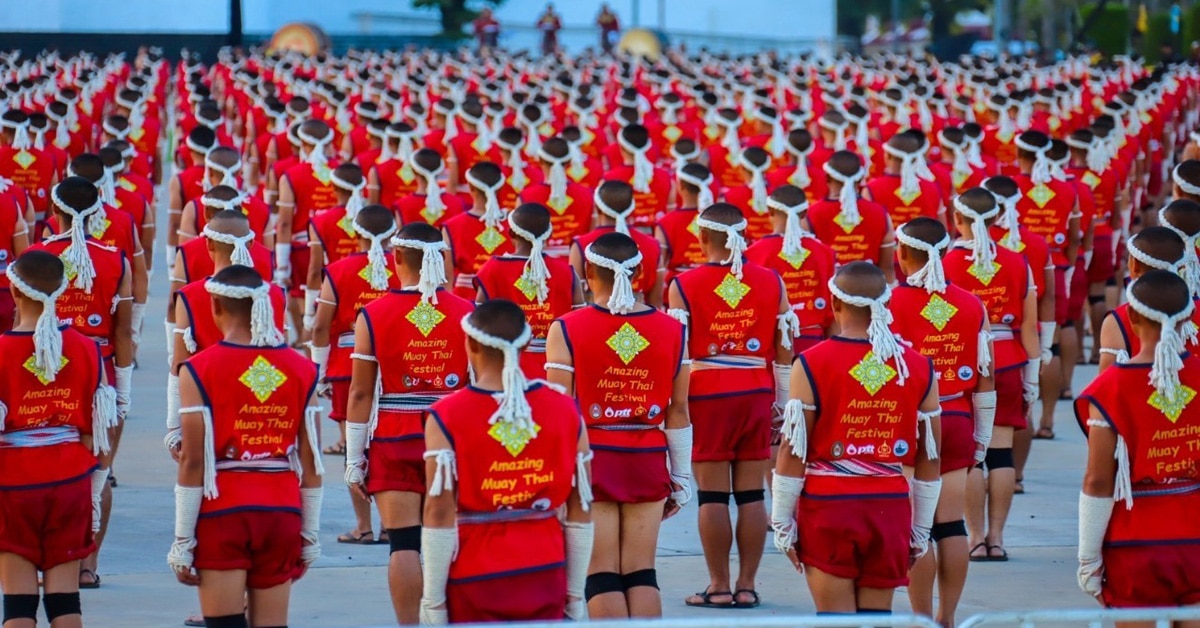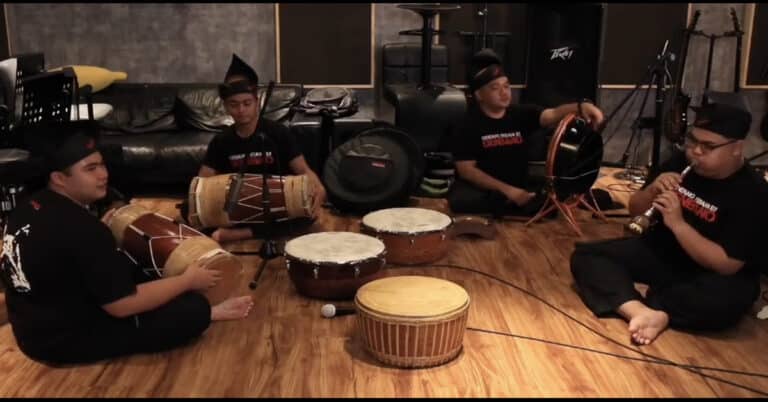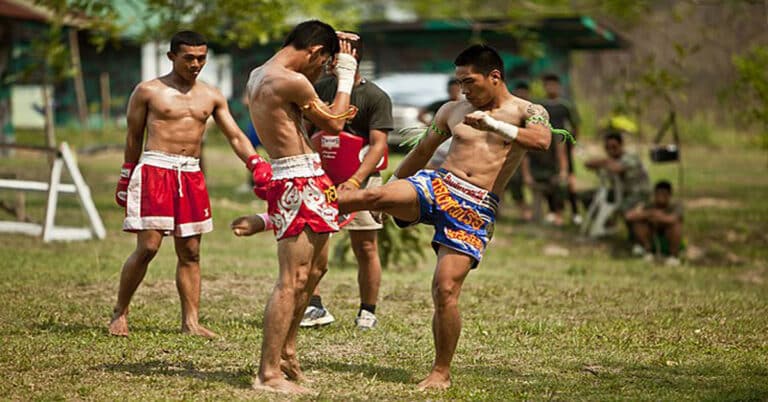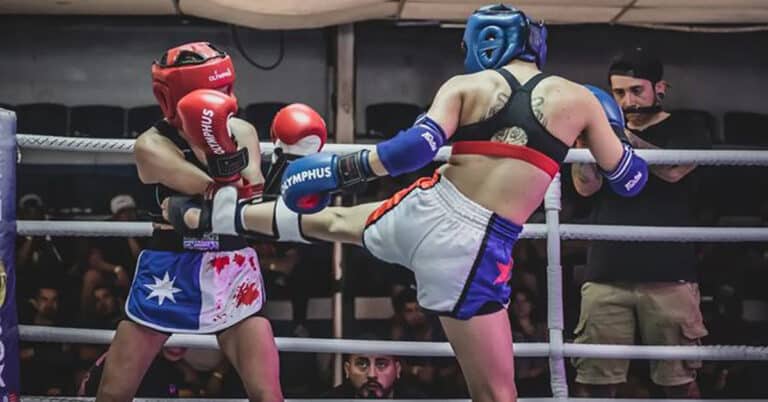What is Muay Thai Day?
Muay Thai is so revered in Thailand it has not just one holiday, but two days nationally to celebrate the Art of Eight Limbs. There is a Muay Thai Day celebrated on both February 6 and March 17th, each comes with a unique original that celebrates a specific aspect in the history of Muay Thai. The February date honors King Sanphet VIII, a Thai monarch who himself was a Muay Thai practitioner and promoted the sport as a national pastime. While the March date commemorates the legendary heroism of Nai Khanom Tom, a fighter who gained his freedom by defeating multiple Burmese opponents
More than one Muay Thai Day?
Here is a brief breakdown on each Muay Thai Day, and what piece of Muay Thai history that Thailand chooses to celebrate on that day.
- March 17th: This is commonly referred to as Muay Thai Day or Nai Khanom Tom Day. It commemorates the legendary Muay Thai fighter Nai Khanom Tom, who, according to the story, defeated multiple Burmese fighters and gained his freedom. This day is often celebrated with fights, exhibitions, and traditional ceremonies like the Wai Kru.
- February 6th: Known as National Muay Thai Day, this day celebrates ‘The Tiger King’, King Sanphet VIII otherwise known as Phra Chao Sua’s coronation day. He was also a Muay Thai fighter and promoted the martial art among his soldiers, primarily as a form of keeping them fit. The day was officially declared in 2011 by Thailand’s Office of National Cultural Commission and is backed by the International Federation of Muay Thai Amateur (IFMA).
Both days serve as an opportunity for enthusiasts to celebrate the rich history, culture, and techniques of Muay Thai. While the March 17th celebration focuses more on the heroism of Nai Khanom Tom, the February 6th celebration emphasizes the sport’s historical ties with Thai royalty and its importance as a national pastime.
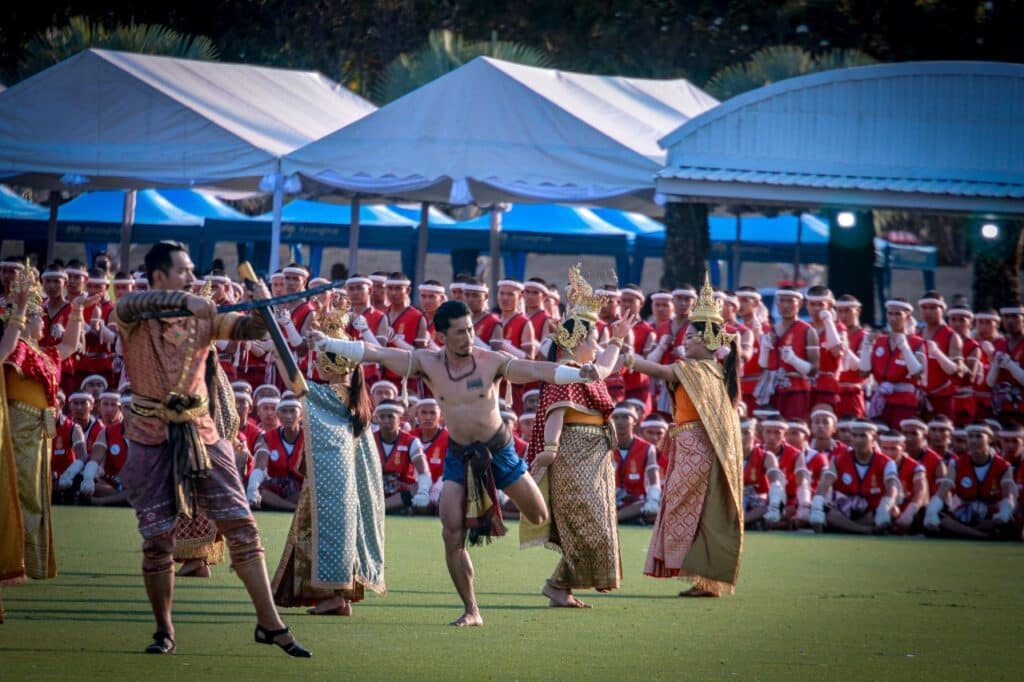
Muay Thai Day / Nai Khanom Tom Day – March 17th
Nai Khanom Tom Day, recognized on March 17, is the more popular of the two, and better known as Muay Thai Day. This day celebrates Nai Khanom Tom who is known as the ‘Father of Muay Thai.’ He was a Muay Boran fighter who fought his way to freedom when he was held captive.
The Story of Nai Khanom Tom
The story of Nai Khanom Tom is one of legend and inspiration in the world of Muay Thai and Thai culture at large. While the story may contain elements of myth, it serves as a powerful narrative that has been passed down through generations. Here’s a detailed account:
Captivity and the Challenge
In 1767, the ancient Thai kingdom of Ayutthaya fell to Burmese invaders, leading to the capture of many Thai people, including Nai Khanom Tom. He was taken to Burma as a prisoner of war and was held captive there. During his time in captivity, the Burmese King Mangra organized a seven-day, seven-night festival to honor the Buddha. Among the celebrations, it was decided to hold a series of combat demonstrations to entertain the king and the court.
King Mangra, wanting to test the combat skills of his captives against his own fighters, chose Nai Khanom Tom to participate in a contest that would pit him against the best Burmese fighters. This was to be a demonstration not just of personal skill but also of the fighting techniques of the two nations.
The Legendary Fights
Before the fight began, Nai Khanom Tom performed the Wai Kru, a traditional Muay Thai dance meant to pay respect to his teachers and ancestors, while also serving as a warm-up. This ritual puzzled the Burmese spectators and King Mangra, but they let him proceed. Once the dance was complete, Nai Khanom Tom engaged in combat with his Burmese opponent and quickly defeated him.
Impressed but skeptical, King Mangra declared that the victory might have been a fluke. He then sent additional fighters to challenge Nai Khanom Tom. One after another, they fell. According to legend, Nai Khanom Tom defeated nine or ten fighters in succession, all on the same day, without a break in between the bouts.
Freedom and Legacy
Astounded by this feat and moved by the fighter’s skill, King Mangra granted Nai Khanom Tom his freedom, and declared, “Every part of the Thai is blessed with venom even with his bare hands he can fell ten opponents.” Then the king offered the option to either take money or two Burmese wives as a reward. Nai Khanom Tom chose the wives, saying that money was easier to find. He returned to Thailand a hero and continued to practice and promote Muay Thai.
To this day, his exploits are celebrated annually on March 17th, known as Muay Thai Day or Nai Khanom Tom Day. The legend of Nai Khanom Tom remains a cornerstone in the identity of Muay Thai, inspiring countless fighters and enthusiasts to strive for excellence, both inside and outside the ring.
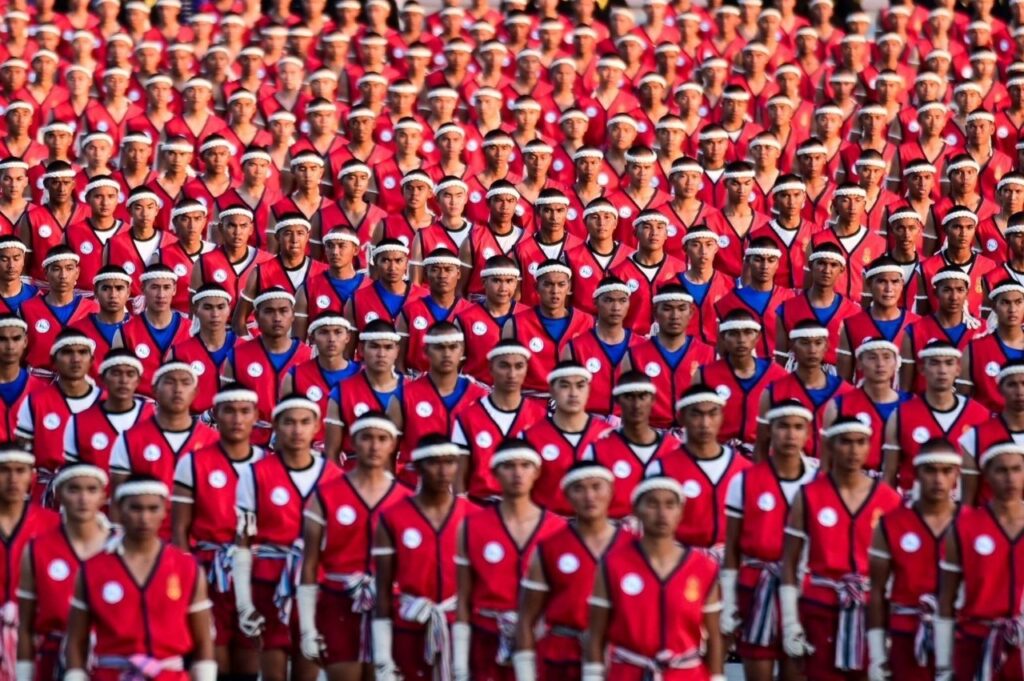
National Muay Thai Day – February 6th
While March 17th celebrates the legendary fighter Nai Khanom Tom, February 6th holds its own unique significance. Officially declared as Muay Thai Day, this date honors King Sanphet VIII, also known as Phra Chao Sua or the “Tiger King,” marking his coronation day back in 1702. The importance of this day is magnified by the involvement of the Royal Thai government, which organizes a grand festival with the National Culture Commission at the Ministry of Culture.
During the festival for National Muay Thai Day, the celebration kicks off with a special ceremony to pay homage to the late Tiger King. This is followed by a dazzling array of Wai Kru demonstrations featuring all different styles of Muay Boran: Muay Lopburi, Muay Chaiya, Muay Korat, and others.
The Tiger King
‘The Tiger King‘ AKA King Sanphet VIII of the Ayutthaya Kingdom, also known by his title Phra Chao Suea. He reigned during the late 17th and early 18th centuries, with his coronation day marked as February 6, 1702. The king was a unique monarch in that he was not only a ruler but also a skilled Muay Thai practitioner who would disguise himself as a commoner to compete in location competitions held at Temples across the country.
In an era where martial arts were primarily seen as a means of self-defense or military training, King Sanphet VIII stood out as a royal patron of Muay Thai. He encouraged the practice of this ancient martial art not just among soldiers but also within the general population. His reign was noted for being a period of peace, and during this time, Muay Thai evolved into a sport and national pastime, with competitions held throughout villages across the country.
He is not just a ruler but a symbol of Muay Thai’s historical and cultural importance in Thailand. His patronage helped transform Muay Thai into more than just a martial art—it became a part of Thailand’s national identity, hence why National Muay Thai Day is held in such high regard.
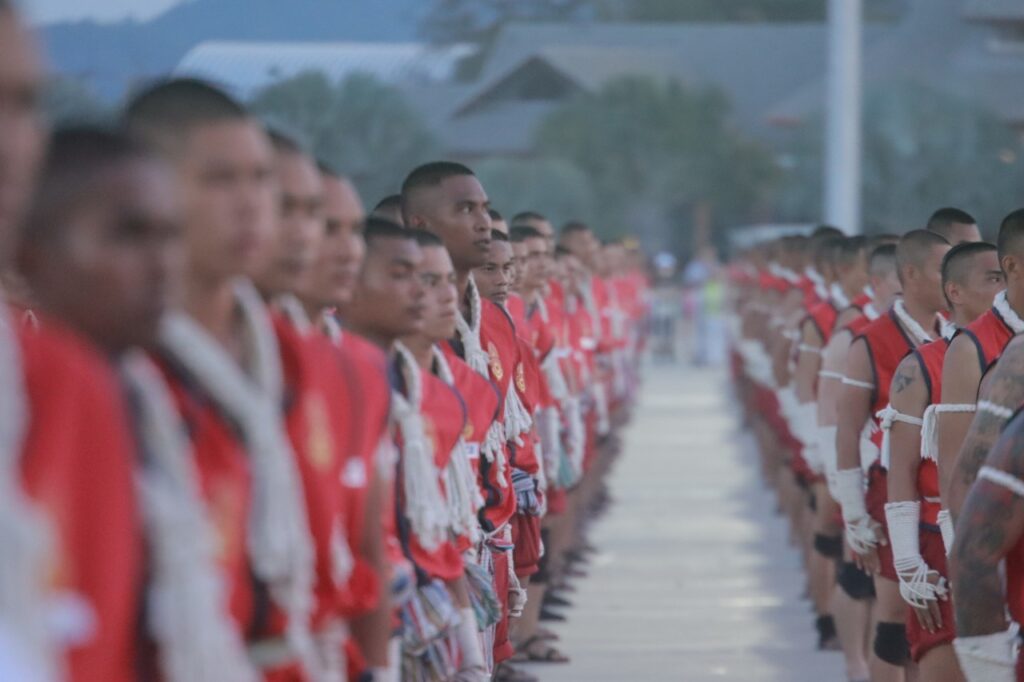
National Muay Thai Day 2023
This year’s National Muay Thai Day on February 6th was not just another day of celebration but a momentous occasion that entered the record books. In a stunning display of unity and cultural pride, a Guinness World Record was set with 3,660 participants coming together to perform the world’s largest mass Wai Kru ceremony. Wai Kru is an essential Muay Thai ritual where fighters pay respect to their teachers, ancestors, and the sport itself, typically performed before a match.
The ceremony was led by none other than Buakaw Banchamek, a revered figure in the Muay Thai community. His leadership in this record-setting event was not just a milestone for the sport but also a symbol of its unifying power and deep roots in Thai culture. What made the event even more noteworthy was the attendance of Thai Prime Minister Prayut Chan-o-cha. His presence highlighted the national importance of Muay Thai and its significance as a cultural heritage.
Buakaw is one of the sport’s most famous international ambassadors. Buakaw gained worldwide recognition through his participation in K-1 tournaments and has competed against top-level fighters in both Muay Thai and kickboxing. He has won multiple titles throughout his career. It was an honour to have him lead the National Muay Thai Day festivities.
This year also saw fighters such as Stamp Fairtex and Nong-O Hama perform as part of National Muay Thai Day. The holiday continues to grow in its celebration. By setting a Guinness World Record, this year’s Muay Thai Day has displayed how global and important this sport has become. It demonstrates that its influence reaches far beyond the borders of Thailand while still maintaining its unique Thai identity. It has been a day of multiple significance: a day of cultural pride, a day of unity, and most of all, a day that honors the enduring legacy of a martial art that has become synonymous with Thai identity.
Final Thoughts
The dual celebrations of Muay Thai Day on February 6th and March 17th stand as an iconic celebration of history, sport, and national identity. February 6th, commemorating the Tiger King, King Sanphet VIII, showcases the royal roots and deep cultural significance of Muay Thai, exemplified this year by a Guinness World Record-setting mass Wai Kru ceremony. Meanwhile, March 17th pays tribute to Nai Khanom Tom, a legendary fighter who represents the spirit and fortitude intrinsic to the art of eight limbs. Together, these two days encapsulate the essence of Muay Thai.

